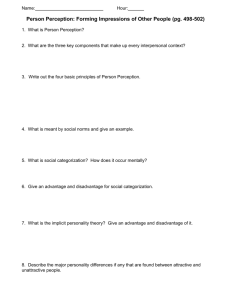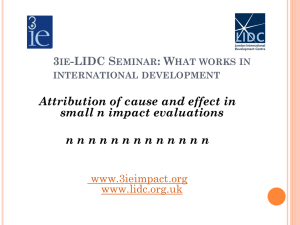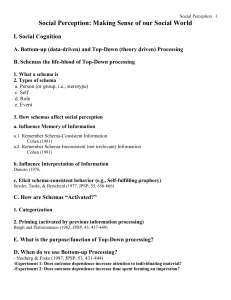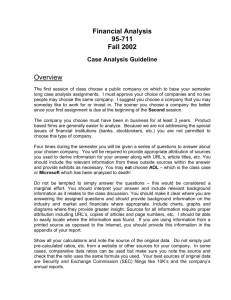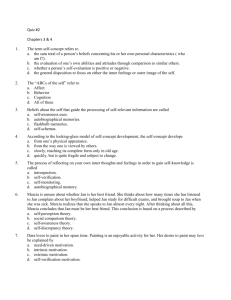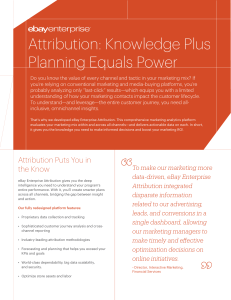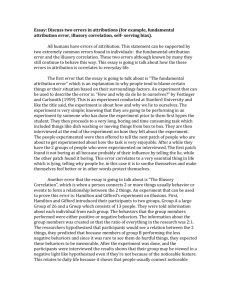Evaluation – Principles and methods
advertisement
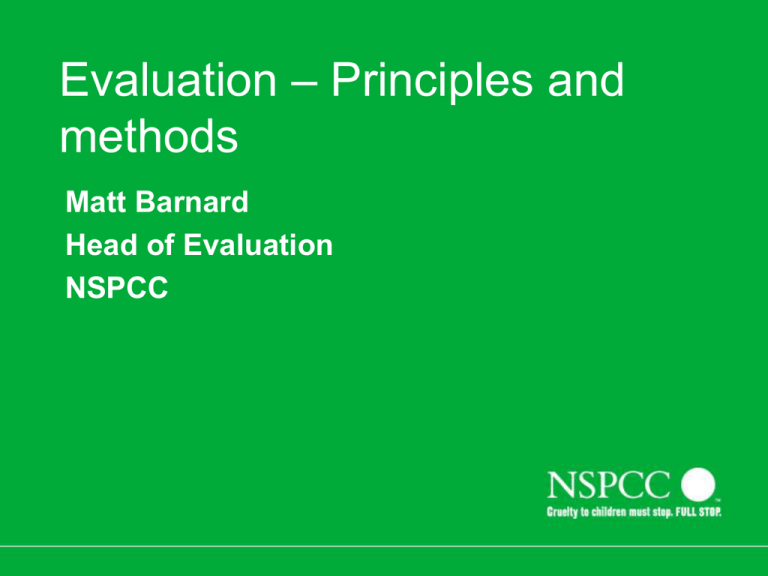
Evaluation – Principles and methods Matt Barnard Head of Evaluation NSPCC Purpose of evaluation • Definition “Examine how a policy or intervention was designed and carried out and with what results.” (Magenta Book) • Asks objective questions – – – – What were the impacts? How was it delivered? What were barriers and facilitators? Did it deliver value for money? • Aims to provide – ‘Scientific’ basis for policy making Evaluation Design Process Evaluation Design Intervention Design Evaluation implementation Evaluation findings Logic model Intervention implementation planning Intervention implementation Logic models • Characteristics – – – – Mechanisms not processes Key steps not every step Explanatory not descriptive Reflects theoretical assumptions • Benefits – Sense check – Identifies realistic outcomes – Facilitates evaluation design Strength Strengthof ofdesign design matrix Weak design (Poor/ no counterfactual) Strong design (Realistic counterfactual) Low power (Small numbers/ effect size) Unlikely to detect difference/ Low confidence in attribution Unlikely to detect difference/ High confidence in attribution High power (Large numbers/ effect size) Likely to detect difference/ Low confidence in attribution Likely to detect difference/ High confidence in attribution Strength – Evaluation design Randomized controlled trial Quasi-experimental design Before and after measures Types of design • RCT – Individual randomization – Cluster randomization/ roll out – BAU/waiting list/alternative services • Quasi-experimental designs – – – – Matched area/ groups Matched individual Interrupted time series Regression discontinuity Factors influencing methodology • Intervention stage of development – Early exploration – Defined and established but not proven – Transferability • Potential Costs and benefits – Resources – Timescales Key principles • Clarity about key question – Avoid ‘default’ questions • Methods matched to question – Ensure methods match desired questions • Claims match evidence – Avoid over-claiming • Have a coherent story to tell


